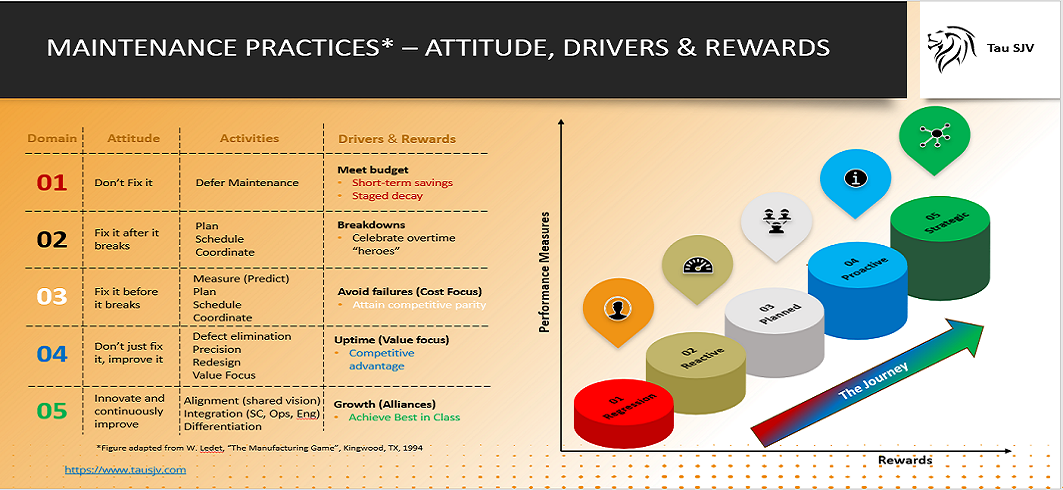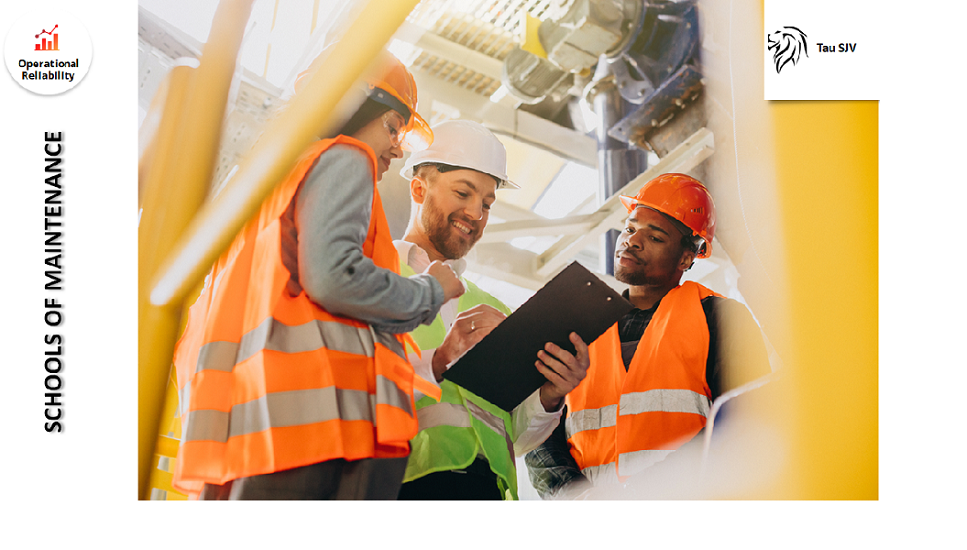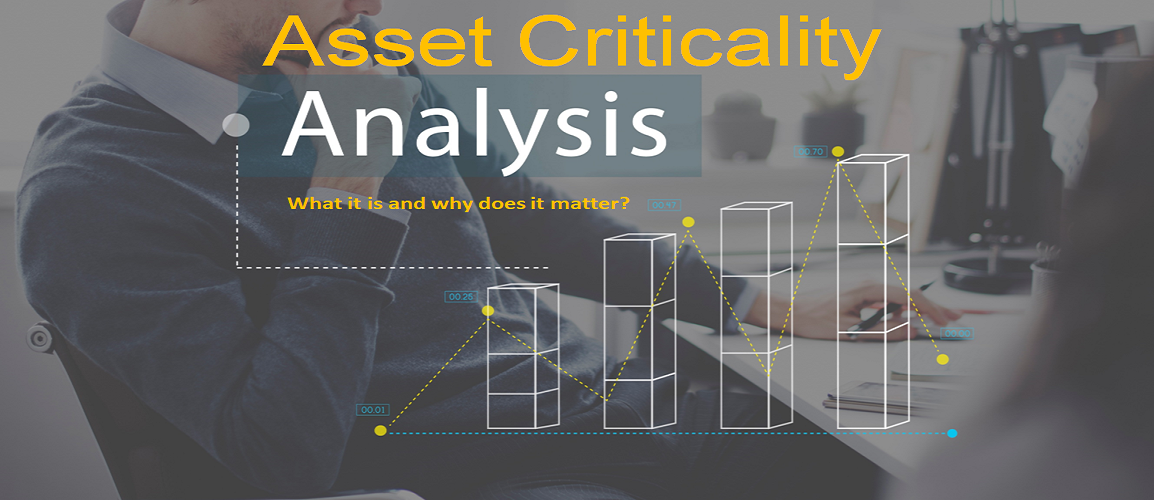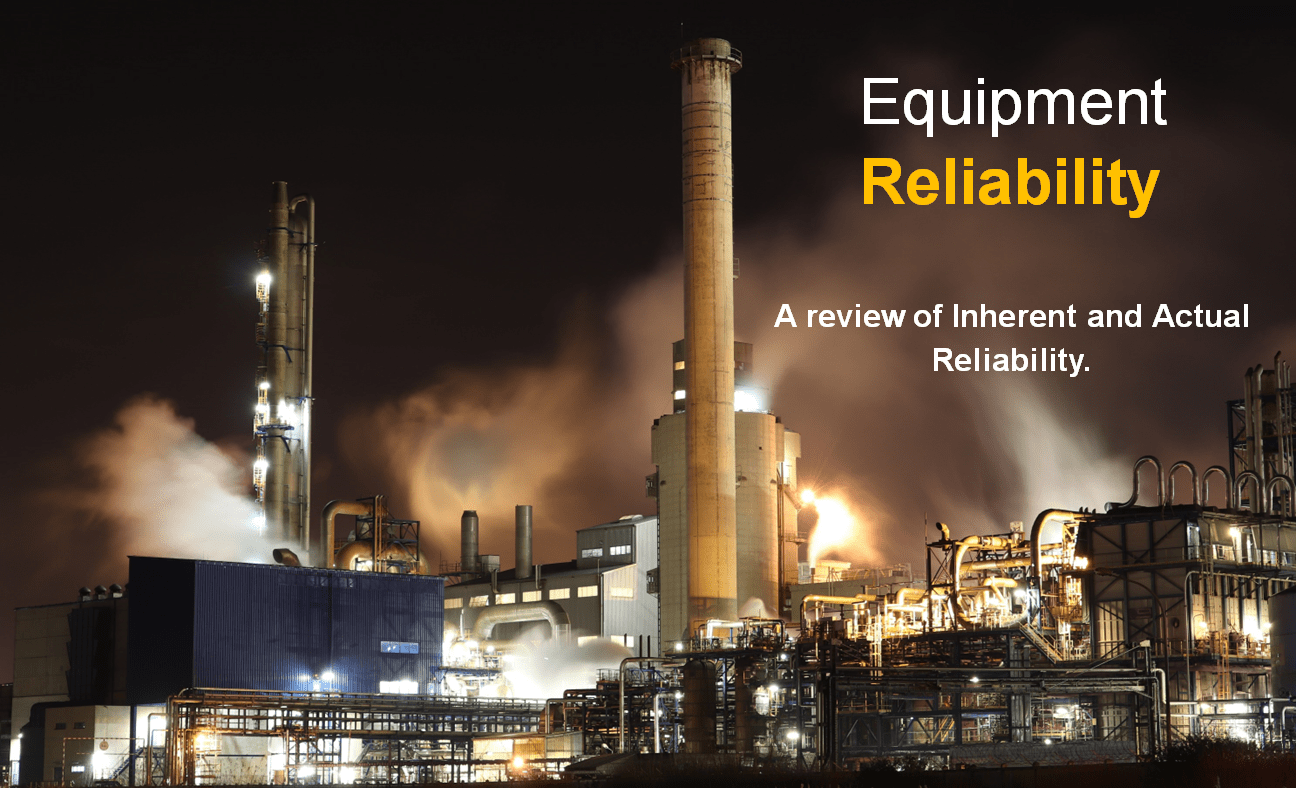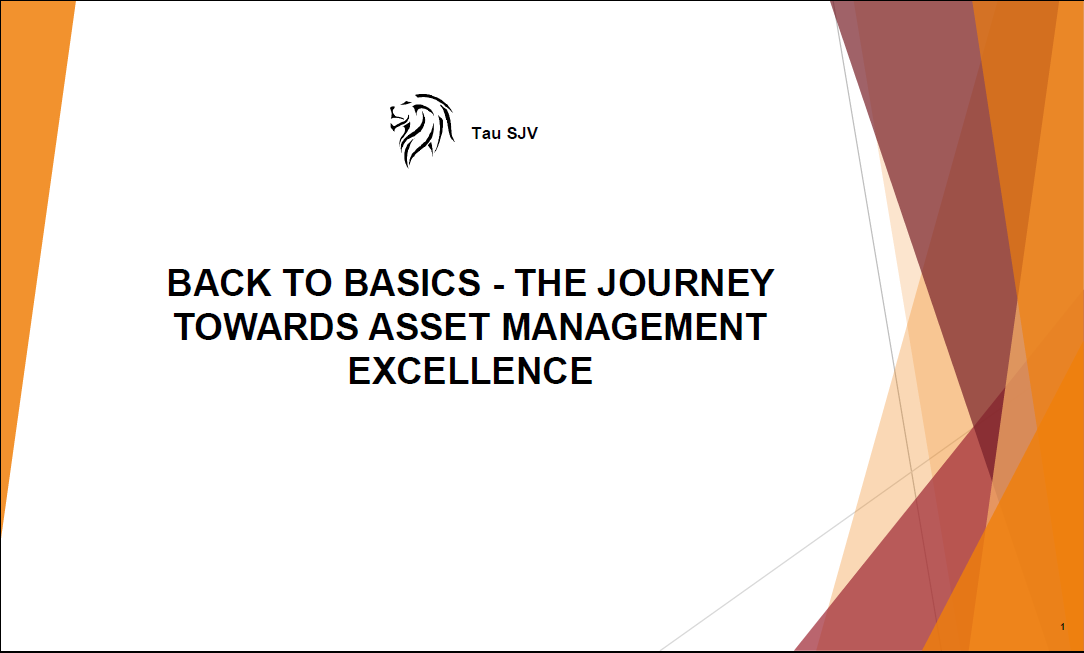
Maintenance Tactics – extract maximum value from physical assets through optimisation and preservation of equipment uptime and inherent reliability
Introduction
The challenges of the global economic climate and intense competition in the market requires organisations to pursue a level of performance and cost efficiencies that's better than their competitors to remain viable. Maximising the realisation of value from physical assets through asset management requires an integrated approach to support the achievement of organisational objectives. Subsequently, the evolution of maintenance practices over the years has placed maintenance as a strategic function that can help deliver business outcomes. However, the development of appropriate asset failure prevention tactics remains a key challenge, as the complexity of equipment and asset systems involved constantly evolves.

